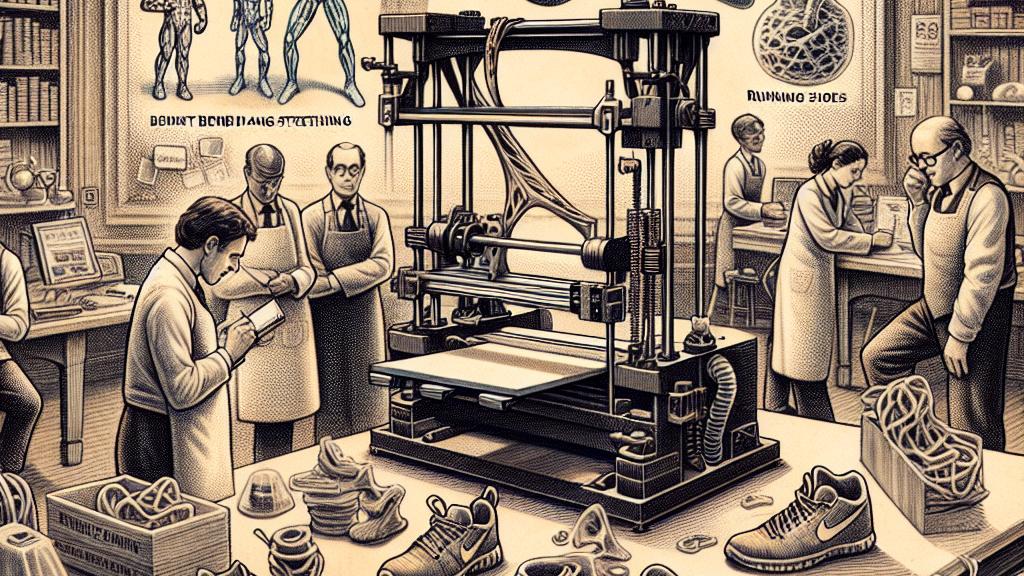Discover How Engineers Are Creating Incredible Stretchy Plastics with 3D Printing
Overview
- Princeton engineers have pioneered a groundbreaking 3D printing method, which allows for the creation of highly flexible and recyclable plastics.
- By utilizing thermoplastic elastomers, this technique grants incredible control over the material's stiffness and adaptability.
- The range of potential applications—from soft robotics to custom medical devices—reveals the promising future of this innovative technology.

A Revolutionary 3D Printing Technique
Nestled in the United States, a team at Princeton University has unleashed a fascinating 3D printing technique that is turning heads in the engineering world. Visualize a plastic that not only bends and stretches like rubber but also retains its structure when needed. That’s an exciting reality with this new technology! By harnessing the power of thermoplastic elastomers—versatile materials that are both cost-effective and widely available—engineers can carefully design the printing process. This means they can produce plastics tailored for a multitude of uses, from crafting soft robots that mimic real-life movements to creating sleek, durable soles for athletic shoes. Additionally, this process is easily scalable, making it approachable for many different industries eager to innovate.
The Science Behind the Stretch
What’s fascinating is the science that powers this incredible material. The magic begins with block copolymers—tiny building blocks that can be manipulated to produce distinct properties in the plastics. When 3D printed, these copolymers form microstructures that help to orient the material’s characteristics. For example, imagine a prosthetic limb; with this technology, it would adjust dynamically to the user's movements, providing unparalleled comfort and support. Moreover, the potential extends to safety gear like helmets; they could be designed to respond to impacts, enhancing the wearer’s protection while remaining light and comfortable. It’s not just innovation; it’s a real leap forward in how materials can be designed to work for us.
Why This Matters
The implications of this technology are not just fascinating—they're transformative. Consider a prosthetic device built from stretchable and self-healing plastics; it could immensely improve daily life for its users, adapting seamlessly to various situations and activities. Not only is this material incredibly flexible and reusable, but it’s also environmentally friendly, meaning it can be recycled, which reduces waste significantly. This aspect encourages industries to embrace more sustainable practices, reflecting a growing responsibility towards our planet. As we venture into this new technological age, combining flexibility with eco-friendliness marks a pivotal moment in how we think about manufacturing and product design, captivating the imaginations of engineers, designers, and consumers alike.

Loading...